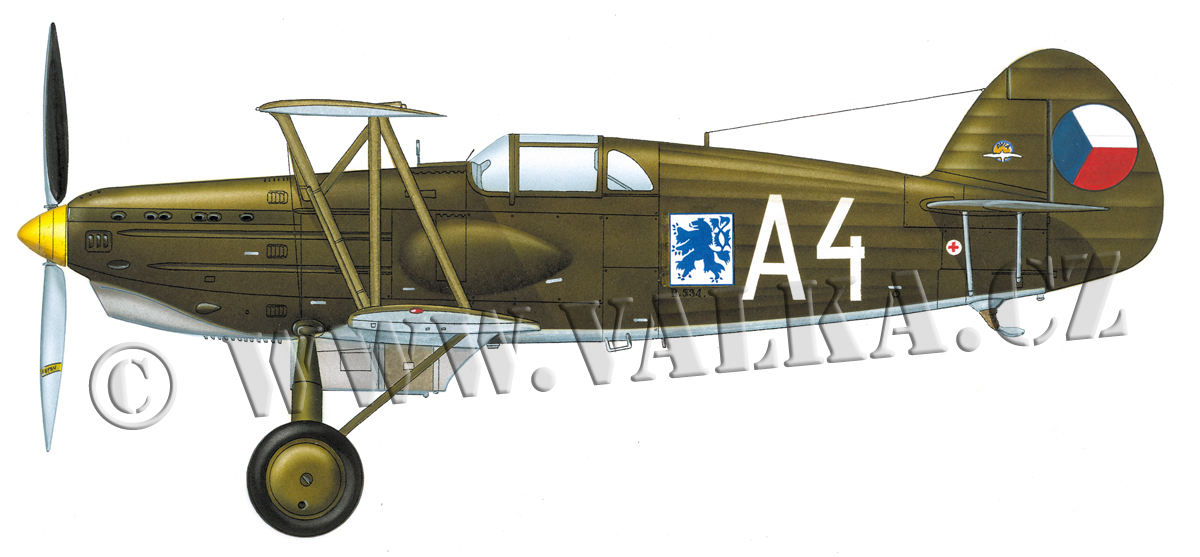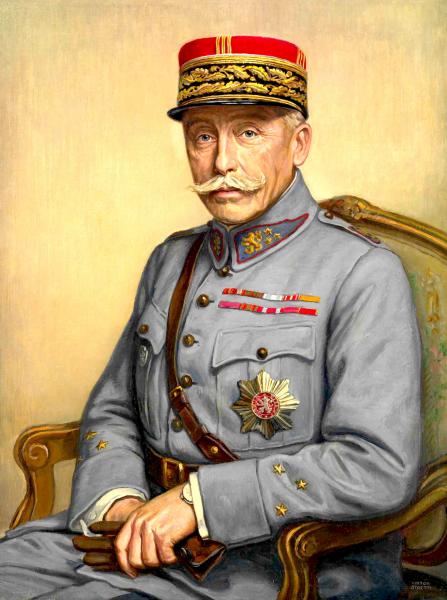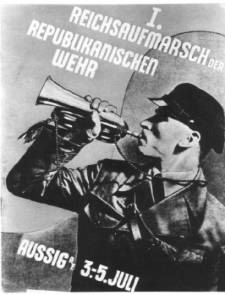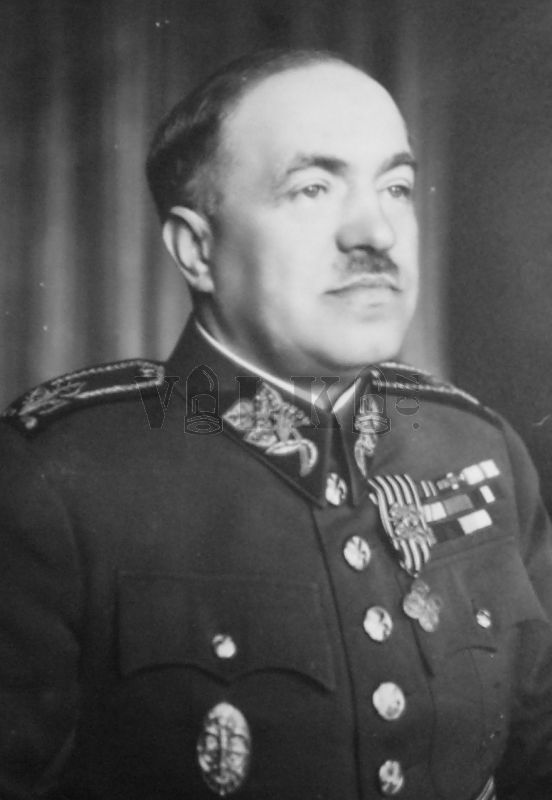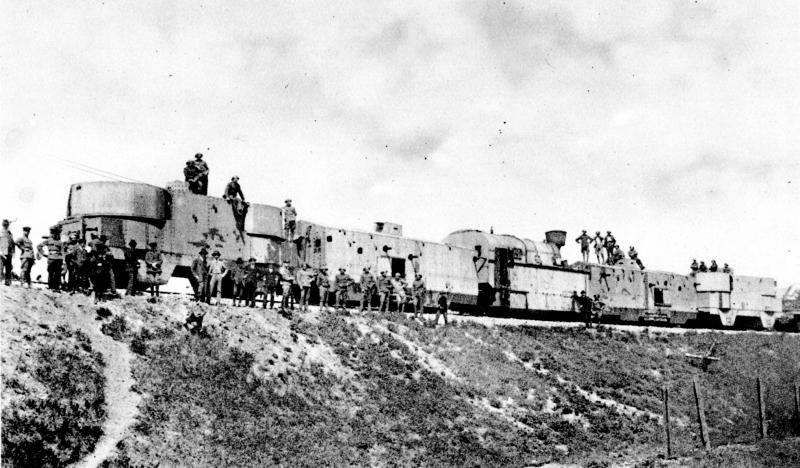
Commemorative ring of the 21st Infantry Regiment
The article, originally published in the SIGNUM magazine of the Club of Falerists in Brno and with the consent of the authors and the editors of the magazine, is published on the website www.valka.cz . This article discusses, based on an examination of a set of documents from the estate of a member of the officer corps of Marshal Foche's 21st Infantry Regiment, about the ring, as a special award, in memory of the unit's service.
